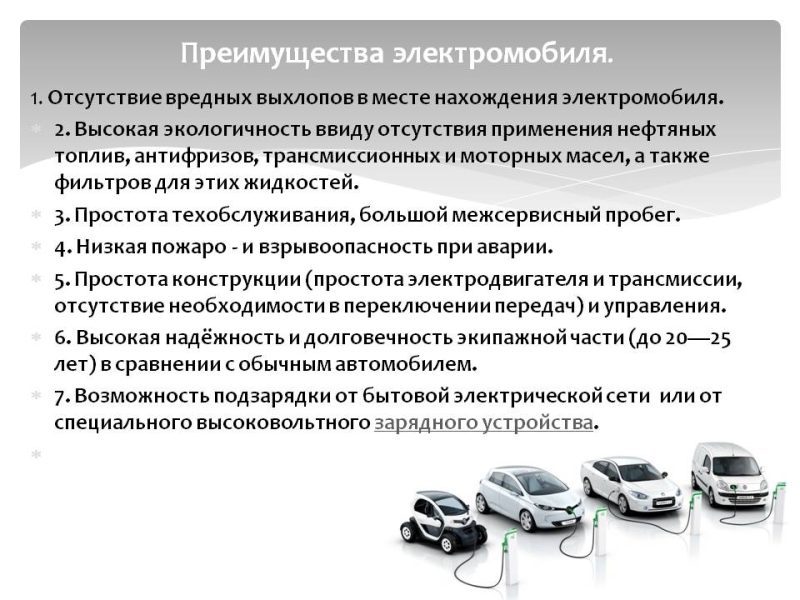
What are the obligations of electric vehicle charging companies?
Content
For the electric car to grow, it is necessary to facilitate the deployment of charging stations, including in business. Thus, the LOM law, adopted on December 24, 2019, has tightened obligations for the pre-installation and equipping of charging stations for both residential and non-residential buildings from March 11, 2021.
Which buildings are eligible for business electric vehicle charging equipment?
New buildings
All new buildings (The application for a building permit is submitted after 1er January 2017) for general industrial or tertiary use and equipped with a parking lot for employees, are included in the pre-equipment obligations for recharging electric vehicles.
The pre-installation obligations for new buildings were defined in a decree dated 13 July 2016, which specifically reflected the objectives set out in general terms. Energy Transition for Green Growth Act 2015.
The Mobility Orientation Act (LOM) of December 24, 2019, amended the pre-equipment and infrastructure installation for charging electric vehicles. The new terms apply to new buildings for which an application for a building permit or a preliminary declaration was submitted after March 11, 2021, as well as buildings that are subject to "major repairs".
Another innovation, the LOM law no longer differentiates between industrial and tertiary buildings, buildings that house public services, and commercial complexes. Thus, for all new or refurbished buildings, the same pre-installation and equipment conditions for charging stations apply.
Existing buildings
There is commitments to pre-equip electric vehicle charging infrastructure for existing buildings since 2012. But since 2015 and the enactment of the Energy Conversion Act for Green Growth, equipment obligations have in some cases been extended to existing buildings. Thus, the law distinguishes between existing buildings, the application for a building permit for which was submitted before 1er January 2012, those whose applications were submitted from 1er January 2012 and 1er January 2017 and those whose application was submitted after 1er January 2017.
From March 11, 2021 buildings in the stage of "overhaul", are subject to the same conditions for pre-installation and equipment of charging stations as new buildings. A renovation is considered “significant” if it is at least a quarter of the value of the building, excluding the value of the land, unless the cost of charging and connecting is more than 7% of the total cost of the renovation.
What is the pre-equipment for recharging electric vehicles in business?
Pre-wiring in new and existing buildings
Today's corporate car parks must integrate pre-equipment for the subsequent deployment of charging stations for an electric car. Specifically, the pre-equipment of the parking space consists of the installation of conduits for the passage of electrical cables, as well as the power and safety devices that will be required to install charging points for electric vehicles and plug-in hybrids. The law specifies that cable passages serving parking spaces must have a minimum cross-section of 100 mm.
This commitment is indeed a pre-wiring: it is not a direct supply of charging stations for electric vehicles.
The obligation to pre-equip the company's car parks to recharge the electric vehicles of employees and the vehicle fleet was stipulated in the 2012 Building Code and applies to new and existing buildings.
Calculation of electrical installations
The law also provides capacity reserve commitment for new buildings (Article Р111-14-3 of the Building and Housing Code). Therefore, the power supply of the building must be calculated in such a way that it can serve a certain number of charging stations for electric vehicles with a minimum capacity of 22 kW (decree of 13 July 2016).
For new buildings for which a building permit date was submitted after March 11, 2021, the electrical energy used to power the charging stations must be supplied:
- or through a common low voltage distribution board (TGBT) located inside the building
- either due to the operation of the utility grid located on the building's right-of-way
In both cases The electrical installation must provide at least 20% of all parking spaces. (Article Р111-14-2 of the Building and Housing Code).
Charging station equipment
In addition to commitments to equipment, The law also provides for the equipment of charging stations for electric vehicles for some parking spaces in new buildings.... The company's car parks for new buildings, the application for a building permit for which was submitted after March 11, 2021, and for buildings subject to "major renovation", must equip at least one place in ten and at least two places, one of which is reserved for PRM (people with disabilities), from two hundred sites (article L111-3-4 of the Building and Housing Code). For new buildings, an application for a building permit was submitted between 1er January 2012 and March 11, 2021 at least one charging station.
Из 1er In January 2025, the obligation to equip charging stations will also apply to service car parks in existing buildings. According to article L111-3-5 of the Building and Housing Code, car parks with more than twenty spaces for non-residential use must have a charging station for vehicles from January 1, 2025. Electric and battery hybrids in blocks of twenty, at least one of which will be reserved for PRM. This obligation does not apply if serious work is required to adapt the electrical network.
Note that " Adaptation work is considered essential if the amount of work required for the part located in front of the general low voltage switchboard serving the charging points, including this switchboard, exceeds the total cost of work and equipment to be carried out downstream of the switchboard. this table is for setting the charging points .
What are the regulatory obligations for recharging electric vehicles in business?
We saw that there was a commitment to pre-wiring, sizing electrical installations and equipment at EV charging stations.
The table below grouped Obligations for Regulatory Equipment for Recharging Electric Vehicles at Tertiary Sites depending on the date of submission of the building permit and the number of parking spaces:
(1) Provisions detailed in Article L111-3-4 of the Building and Housing Code (as part of the creation of Law No. 2019-1428 of December 24, 2019 - Article 64(V))
(2) The provisions set out in article R111-14-3 of the Building and Housing Code (as amended by Decree No. 2016-968 of July 13, 2016 - article 2)
(3) Provisions set out in article R111-14-3 of the Housing Code.
(4) Provisions set out in Article R136-1 of the Building and Housing Code.
(5) Percentage of total parking spaces with at least one parking space.
(6) Provisions detailed in Article L111-3-5 of the Building and Housing Code (as part of the creation of Law No. 2019-1428 of December 24, 2019 - Article 64(V))
Le mobility orientation bill (LOM) voted in 2019 aims to strengthen equipment commitments for both new and existing buildings. Thus, companies are forced to install charging stations for electric vehicles on a larger scale. To meet these pre-equipment commitments and even go beyond them, Zeplug can help you equip your facilities with electric vehicle charging stations for your employees and your fleet.
Discover the Zeplug offer

